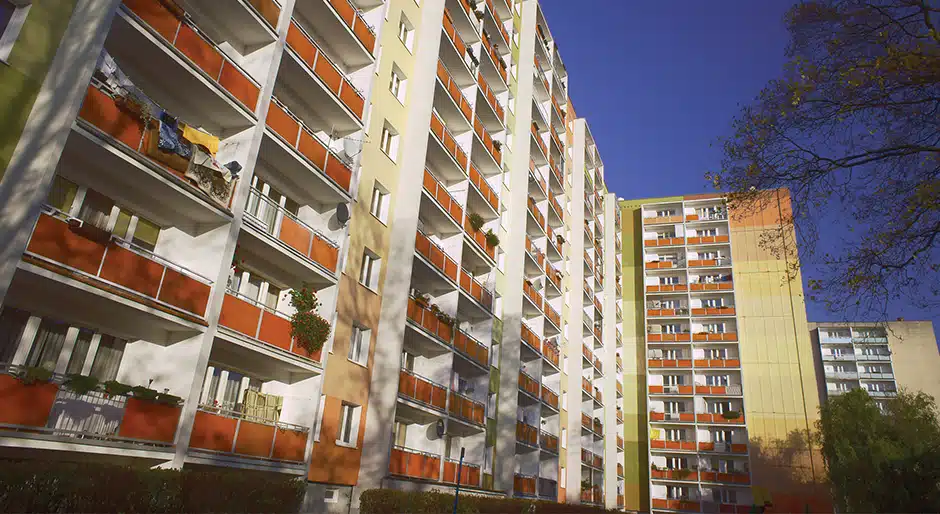Study: U.S. needs 4.6m new apartments by 2030 to meet rising demand
The country needs to construct 4.6 million new apartments by 2030, according to a new study conducted by Hoyt Advisory Services and commissioned by the National Multifamily Housing Council and National Apartment Association, two nonprofit industry groups.
More than half (51 percent) of the country’s existing apartment stock was built before 1980 and around 11.7 million units need repairs, according to Curbed.
The report projected that it would require constructing at least 325,000 new apartment units every year to meet the increased demand, however construction has not met that project pace in the last five years. Between 2012 and 2016, only about 244,000 apartments were built each year.
Raleigh, N.C., tops the list in terms of demand, with 74,323 new apartments, an increase of 69 percent, needed to fill expected demand by the year 2030. Other cities that are high on the list include Orlando, Fla., Austin, Texas, and the New York City metro area.
In 2017, about 39 million people are calling apartments home, and since 2012, nearly 1 million new renter households have been formed each year. Those numbers have led to exceeding capacity. In addition, people are not buying homes like previous generations. Approximately 44 percent of all households in the United States were married couples with children in 1960, compared to only 19 percent in 2017.
Apartment rent growth has slowed. In May, the average U.S. apartment rent rose 1.5 percent from the year before, representing the smallest annual growth rate in three years, according to RentCafe. And one in 10 rental listings saw a price cut from May 2016 to April 2017, according to Trulia, as the median national rent dipped 2.9 percent.
The NMHC and NAA also shows that the older population will drive future apartment demand, especially in the Northeast, where those 55 and older are expected to account for 30 percent of all rental households.
Despite an oversupply at the high end of the market, the lower tiers are experiencing a shortage of affordable units. Full-time, minimum-wage earners cannot afford to rent a two-bedroom apartment anywhere in the United States, and those earners can only afford a one-bedroom unit in 12 counties across Arizona, Oregon and Washington, according to National Low Income Housing Coalition.

